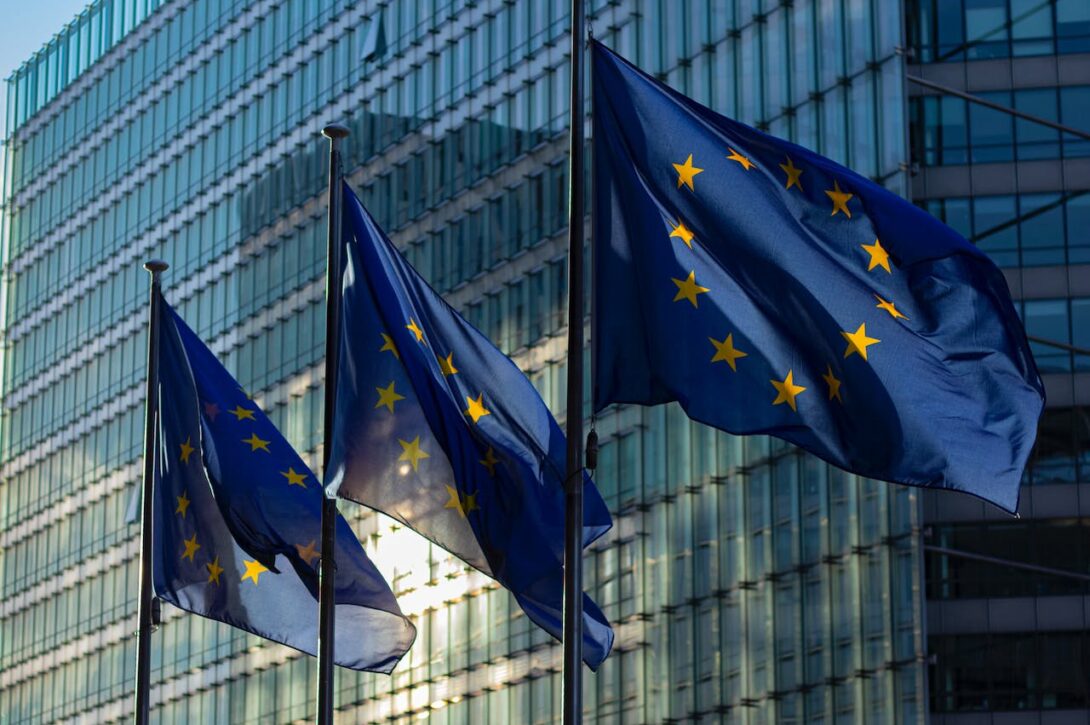Category: Ethics
News
- Articles from Policy & Internet
- Books
- Call for Papers
- Child Safety
- Collective Action
- Conferences
- Democracy
- Development
- Economics
- Education
- Environment
- Ethics
- Governance & Security
- Health
- Interviews
- Mapping
- Methods
- Policy
- Politics & Government
- Publications
- Social Data Science
- Submissions Closed
- Tools
- Video
- Wellbeing
-

Assessing the Ethics and Politics of Policing the Internet for Extremist Material
Exploring the complexities of policing the web for extremist material, and its implications for security,…
-

Ethics in Networked Systems Research: ACM SigComm Workshop Report
—
in EthicsExperimentation and research on the Internet require ethical scrutiny in order to give useful feedback…
-

Should we use old or new rules to regulate warfare in the information age?
—
Information has now acquired a pivotal role in contemporary warfare, for it has become both…
-

The Future of Europe is Science and ethical foresight should be a priority
—
in EthicsHow will we keep healthy? How will we live, learn, work and interact in the…
-

Designing Internet technologies for the public good
—
People are very often unaware of how much data is gathered about them—let alone the…
-

Ethical privacy guidelines for mobile connectivity measurements
—
Measuring the mobile Internet can expose information about an individual’s location, contact details, and communications…
-

Responsible research agendas for public policy in the era of big data
—
Bringing together leading social science academics with senior government agency staff to discuss its public…
-

Uncovering the patterns and practice of censorship in Chinese news sites
—
Is censorship of domestic news more geared towards “avoiding panics and maintaining social order”, or…
-

Staying free in a world of persuasive technologies
—
Broadly speaking, most of the online services we think we’re using for “free”—that is, the…


